Optimal Timing for Water Treatments
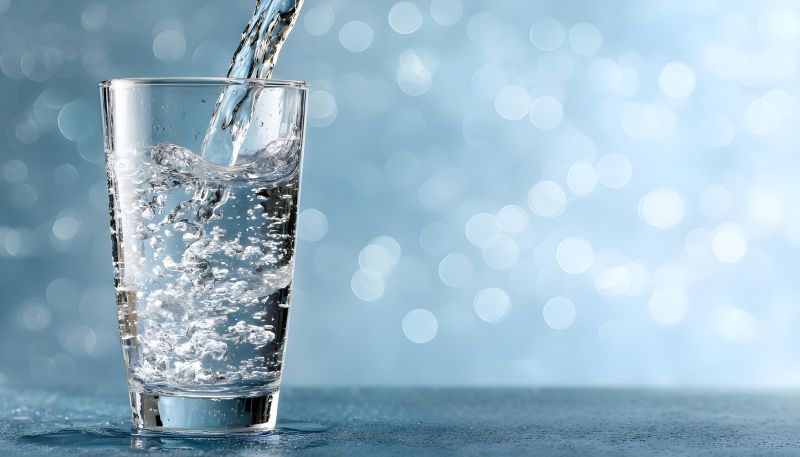
Spring is often ideal for initiating water treatments to prepare for the warmer months.
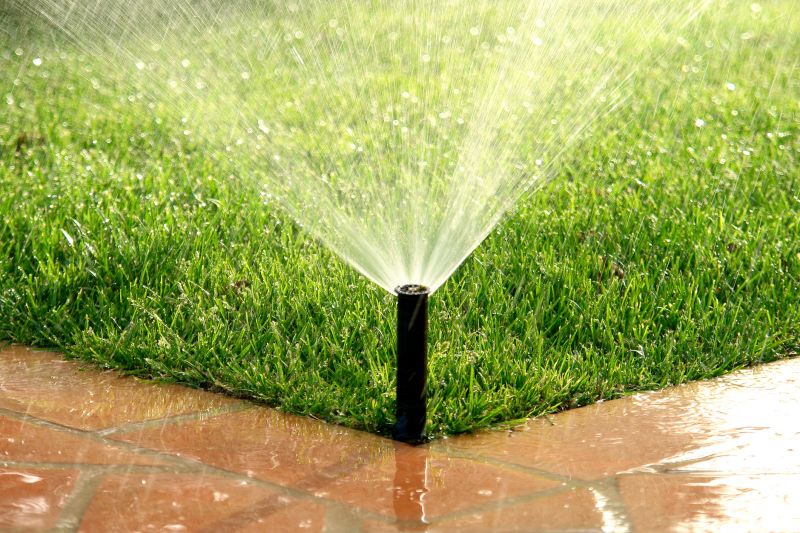
Fall treatments help maintain water quality before winter conditions set in.

Mid-summer treatments address increased usage and potential water quality issues.
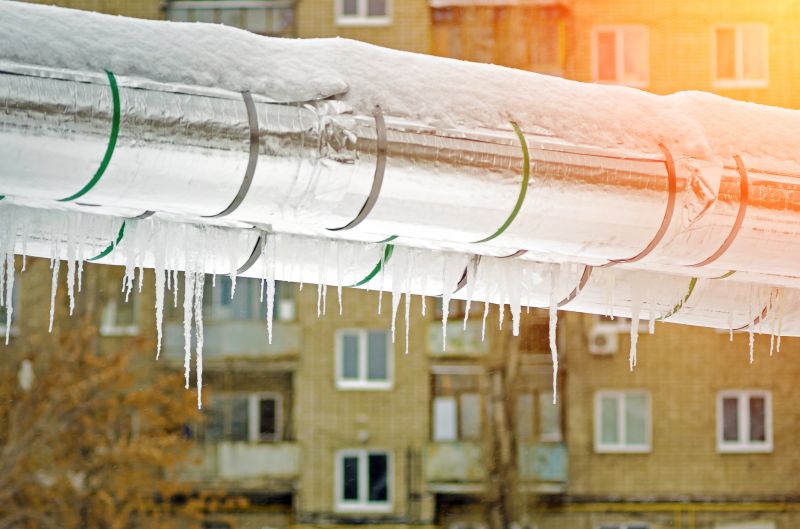
Winter treatments focus on preventing freezing and maintaining system integrity.

Performing treatments before peak usage seasons ensures water remains clean and safe.

Post-season treatments help restore water systems after heavy use or adverse conditions.
Water treatments are essential processes used to improve water quality, remove contaminants, and ensure safety for various uses. These treatments can include filtration, disinfection, and chemical adjustments. Proper timing of water treatments can optimize their effectiveness, prevent system issues, and extend equipment lifespan. Seasonal considerations often dictate the best periods for performing these treatments, aligning with usage patterns and environmental conditions.
Statistics indicate that regular water treatments can reduce the risk of waterborne illnesses by up to 90 percent. They also help in maintaining consistent water clarity and taste, which are critical for both residential and commercial applications. Implementing water treatments at appropriate times can lead to significant cost savings by minimizing repairs and reducing water waste. Understanding seasonal needs ensures that treatments are both timely and effective, supporting long-term water system health.
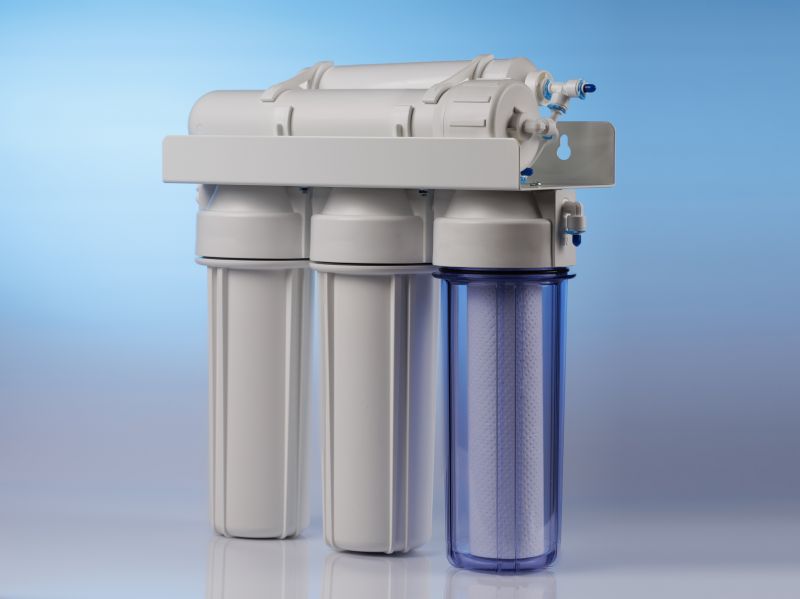
Filtration systems remove particles and impurities from water.
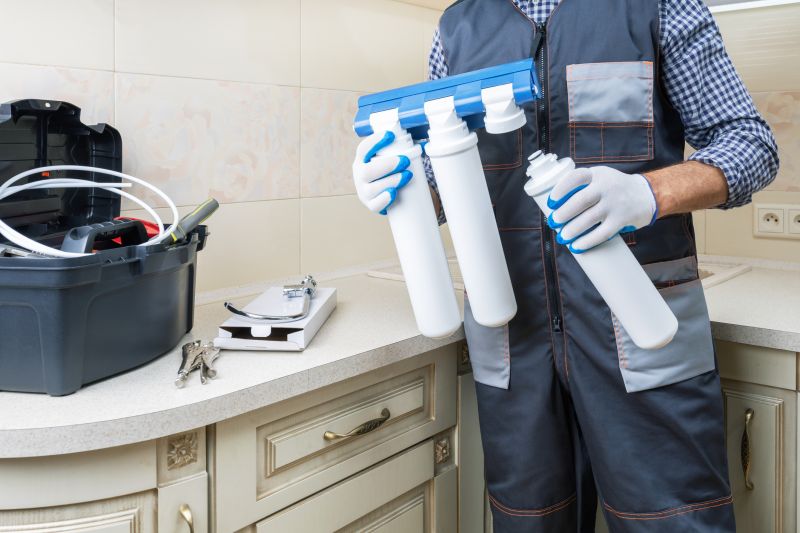
Chemical treatments are used to disinfect and adjust water chemistry.

Testing ensures water quality meets safety standards.

Devices like UV sterilizers eliminate bacteria and viruses.

Large-scale plants process water for municipal or industrial use.
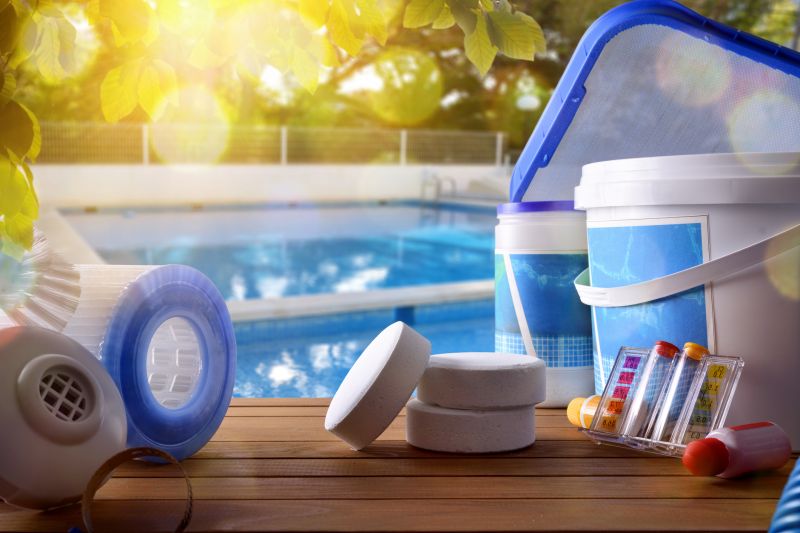
Treatments keep pool water clean and safe for swimming.
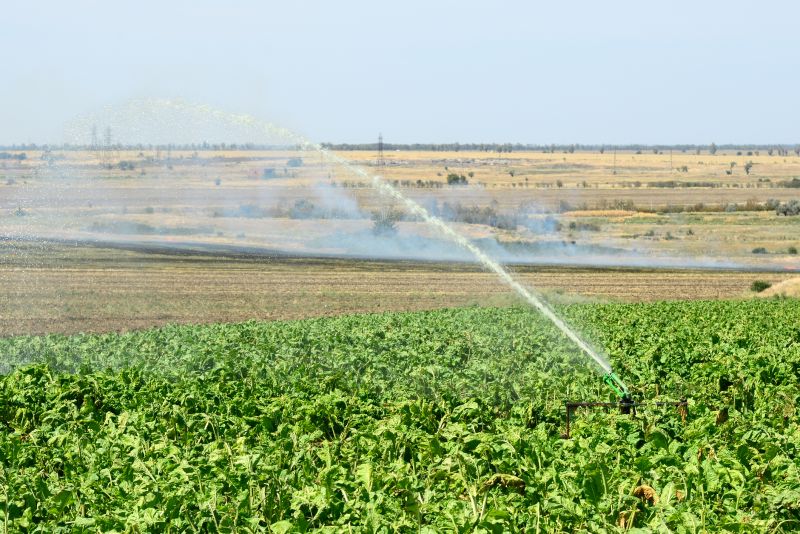
Ensures water used for irrigation is free from harmful contaminants.

Personal systems improve water quality at the point of use.
| Season | Recommended Water Treatment Activities |
|---|---|
| Spring | Pre-summer filtration and disinfection to prepare for increased use. |
| Summer | Regular maintenance, filtration, and disinfection to address higher demand. |
| Fall | Post-summer cleanup and treatment to restore water quality. |
| Winter | Freeze prevention treatments and system inspections. |
| Pre-peak season | Treatments before high usage periods to ensure water safety. |
| Post-peak season | Restorative treatments after heavy use or adverse conditions. |
Scheduling water treatments according to seasonal needs maximizes their benefits. Early spring treatments can prevent algae growth and buildup, while summer treatments address increased demand and potential contamination. Fall treatments help prepare water systems for winter, reducing the risk of freezing damage. Proper timing ensures water remains safe, clean, and efficient throughout the year.

Illustration of water purification stages.

Visual representation of testing and analysis.
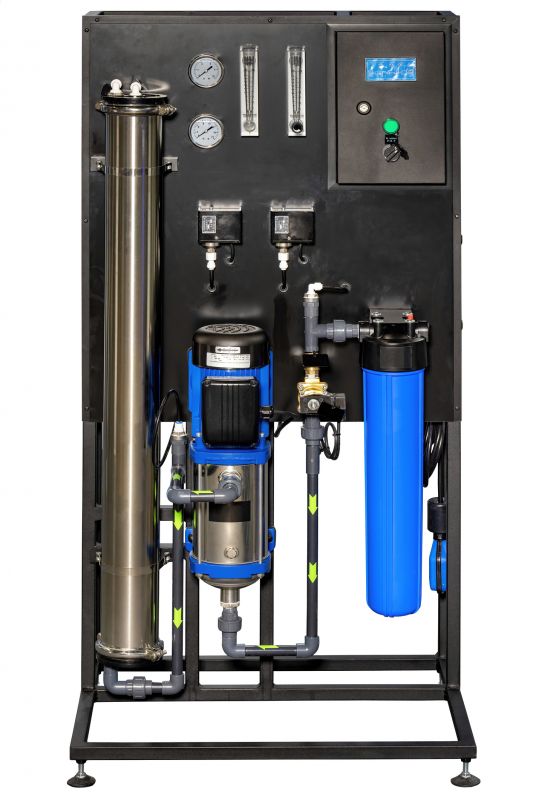
Components used in water treatment systems.
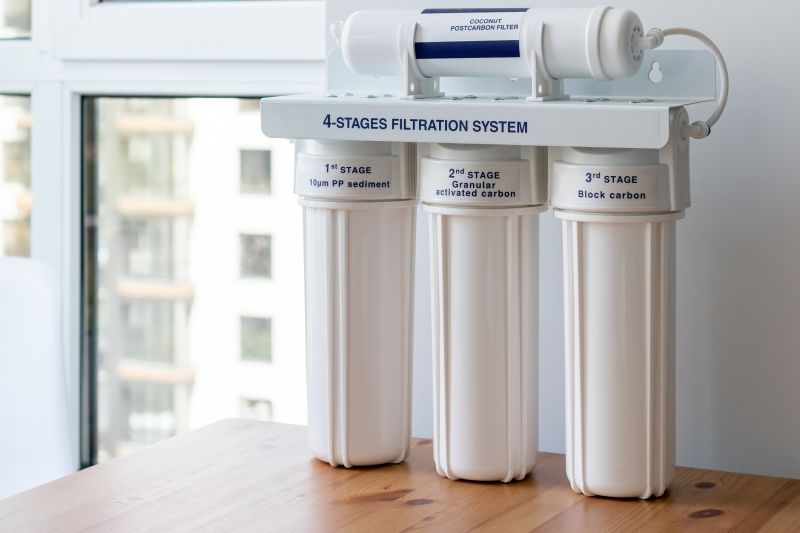
Final stage of water treatment ensuring safety and clarity.
Understanding the optimal timing for water treatments can lead to better water quality management. Regular assessments and seasonal adjustments help maintain system efficiency and water safety. Properly scheduled treatments reduce operational costs and extend the lifespan of treatment infrastructure.
Interested parties can contact for more information about scheduling water treatments or to discuss specific water quality needs. Proper timing and execution of treatments are crucial for maintaining high standards of water safety and quality in any setting.
Ways to make Water Treatments work in tight or awkward layouts.
Popular materials for Water Treatments and why they hold up over time.
Simple add-ons that improve Water Treatments without blowing the budget.
